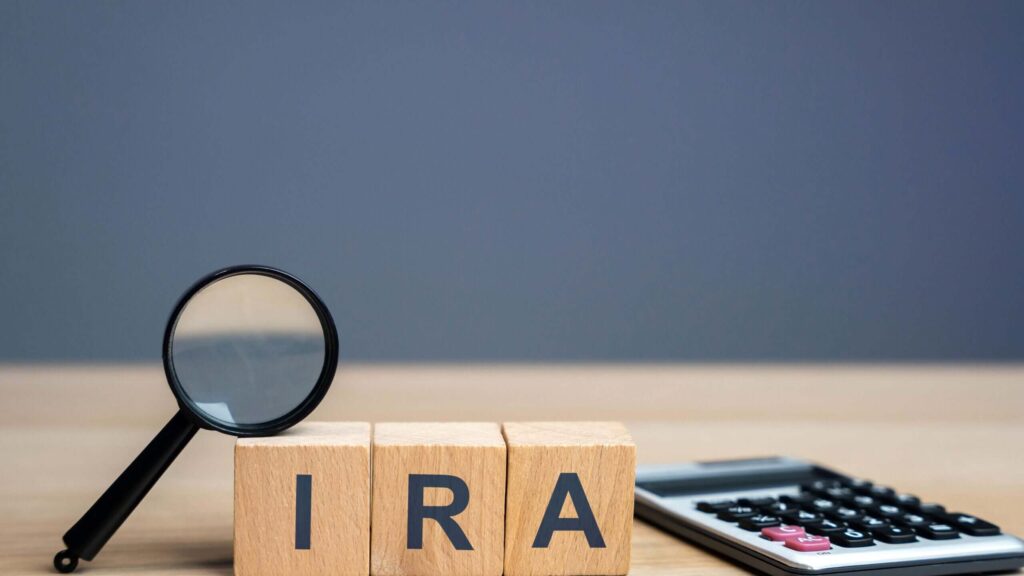When unexpected financial burdens arise and your emergency fund is exhausted, it can be challenging to figure out where to obtain the necessary funds. For many individuals, their primary source of savings is tucked away in tax-advantaged retirement accounts like IRAs or 401(k)s.
Regrettably, the U.S. government imposes a 10 percent penalty on withdrawals made before the age of 59 1/2. However, certain early withdrawals may be eligible for an exemption from this penalty. These exceptions encompass various scenarios such as specific hardships, higher education expenses, and purchasing a first home.
While the IRS doesn’t consider being financially destitute as a hardship, there are certain circumstances in which investors can access their retirement plans before reaching the age of 59 1/2 without incurring the 10 percent penalty.
What Is the Penalty for Withdrawing from a 401(k) or IRA? Typically, withdrawing funds from a 401(k) before the plan’s standard retirement age or from an IRA prior to turning 59 1/2 results in an additional 10 percent income tax penalty. Nonetheless, there are exemptions that permit these withdrawals to be penalty-free.
Penalty-Free, Not Tax-Free It’s important to note that while certain hardships may qualify for a penalty exemption when withdrawing from an IRA or 401(k), this does not imply that the withdrawals are tax-free:
Withdrawals from traditional IRAs and 401(k)s, funded with pre-tax contributions, are subject to taxation at ordinary income rates.

Withdrawals of nondeductible contributions (those made after-tax) to traditional IRAs and 401(k)s are not subjected to the same taxes as deductible contributions. However, taxes are still applicable to any earnings withdrawn from these accounts.
Contributions to a Roth IRA can be withdrawn at any time, and after the account holder reaches the age of 59 1/2, the earnings can be withdrawn without penalties or taxes, provided the account has been open for at least five years. The same rules apply to a Roth 401(k), but only if the employer’s plan allows it.
In specific situations, a traditional IRA permits penalty-free withdrawals, even when an employer-sponsored plan does not. These situations are elaborated on below. Additionally, it’s worth noting that employer plans are not obligated to offer hardship withdrawals. Many do, but they might only permit such withdrawals in certain circumstances, like for medical or funeral expenses, excluding housing or education purposes.
Here are eight strategies for making penalty-free withdrawals from your IRA or 401(k):
- Unreimbursed Medical Expenses Investors can withdraw funds from their qualified retirement plans to cover unreimbursed deductible medical expenses that exceed 10 percent of their adjusted gross income. This withdrawal must occur in the same year as the medical bills were incurred.
- Disability The IRS stipulates that individuals must be totally and permanently disabled to access their retirement plans without incurring the 10 percent penalty. Proof of disability can involve receiving disability payments from an insurance company or Social Security.
- Health Insurance Premiums Penalty-free withdrawals from an IRA are permitted if you are unemployed and the funds are used to pay health insurance premiums. However, you must be unemployed for at least 12 weeks. To maintain a clear record for potential audits, consider setting up a separate bank account for IRA transfers used solely for premium payments, or have the funds sent directly to the insurance carrier.
- Death When an IRA account holder passes away, beneficiaries can withdraw funds from the account without facing the 10 percent penalty. Nevertheless, there are restrictions for spouses who inherit an IRA and choose to treat it as their own; they may be subject to the penalty if they take a distribution before reaching the age of 59 1/2.
- Tax Debts In cases where the IRS seeks unpaid taxes from your IRA, effectively placing a levy on the account, you can make a penalty-free withdrawal.
- First-Time Homebuyers While withdrawing funds from a 401(k) for a down payment may result in a 10 percent penalty, taking the money from your IRA is penalty-free. This exemption is not limited to first-time homebuyers but does require that you haven’t owned a home in the past two years. Additionally, you can make more than one penalty-free withdrawal for home purchases, up to a limit of $10,000.
- Higher Education Expenses Withdrawals from a 401(k) for covering higher education costs are typically subject to the 10 percent penalty, provided the plan permits hardship withdrawals. However, IRA withdrawals are penalty-free when used for qualified expenses, including education costs for yourself, your spouse, children, grandchildren, or immediate family members. These expenses may encompass books, tuition, supplies, room and board for postsecondary education.
- Income Purposes Section 72(t) of the tax code allows investors to take money out of their retirement plan for income, albeit with certain restrictions. Payments must be made in substantially equal periodic intervals, with a minimum requirement of five years. This can involve taking an annual distribution for five years or until reaching the age of 59 1/2, depending on which is longer. Early retirees, in particular, may find this option beneficial when accessing their retirement funds before Social Security kicks in. Various options exist for these periodic payments, such as payments over life expectancy or reverse-mortgage-type amortization, and these payments can extend across your life and that of your designated beneficiary.
How to Avoid Early Withdrawals Accessing your retirement savings should be considered a last resort. To prevent early withdrawals, here are some alternatives to explore:
- Build an Emergency Fund Ensure that you have an emergency fund in place, ideally covering about six months’ worth of expenses. This money can be parked in a high-yield savings account to earn more interest compared to a regular checking account. An emergency fund serves as a safety net for managing life’s unexpected financial challenges.
- Utilize Promotional Credit Card Offers Consider making use of introductory credit cards with zero percent interest offers for a specific time period. This can help you meet immediate financial needs, but it’s crucial to clear the balance before higher interest rates come into effect.
- Seek Assistance from Friends and Family Relying on your social network for financial support during tough times can be a viable alternative to avoid debt or tapping into retirement accounts. Friends and family are often more understanding than financial institutions when it comes to lending assistance.
- Apply for a Personal Loan Taking out a personal loan can help address temporary setbacks. Personal loans are unsecured, which means lenders cannot seize your assets if you fail to repay the loan. However, securing a personal loan can be more challenging, depending on factors such as your credit score and income. Applying for a personal loan from a bank or credit union where you have an existing account may increase your chances of approval and offer flexibility if you encounter difficulties with repayment.
- Consider a Portfolio Line of Credit Exploring a portfolio line of credit, backed by securities in your portfolio (e.g., stocks or bonds), is another option. These loans tend to have lower interest rates compared to conventional loans or credit cards because they are secured by collateral that the lender can reclaim if you default on payments. However, in the event your collateral’s value drops, the lender may require additional securities as backup. The type of securities used as collateral can also affect the lender’s confidence in the loan.









